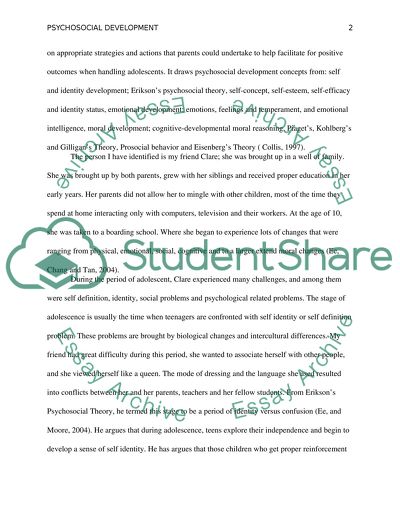Cite this document
(“Psychosocial Development Assignment Example | Topics and Well Written Essays - 2000 words”, n.d.)
Retrieved de https://studentshare.org/psychology/1391794-education-psychology-life-stories
Retrieved de https://studentshare.org/psychology/1391794-education-psychology-life-stories
(Psychosocial Development Assignment Example | Topics and Well Written Essays - 2000 Words)
https://studentshare.org/psychology/1391794-education-psychology-life-stories.
https://studentshare.org/psychology/1391794-education-psychology-life-stories.
“Psychosocial Development Assignment Example | Topics and Well Written Essays - 2000 Words”, n.d. https://studentshare.org/psychology/1391794-education-psychology-life-stories.


